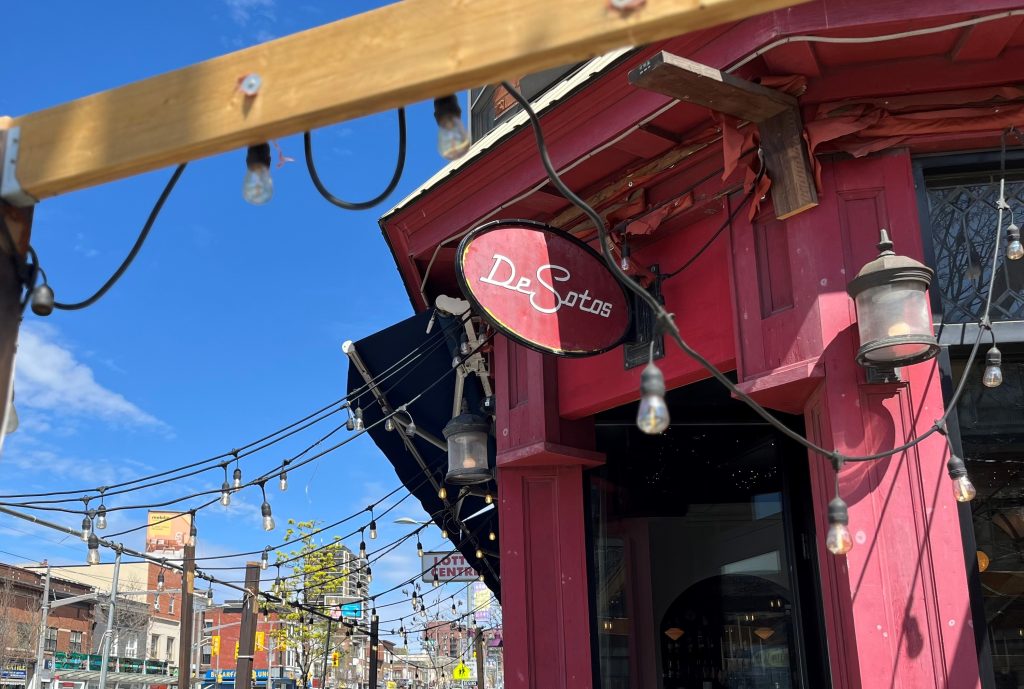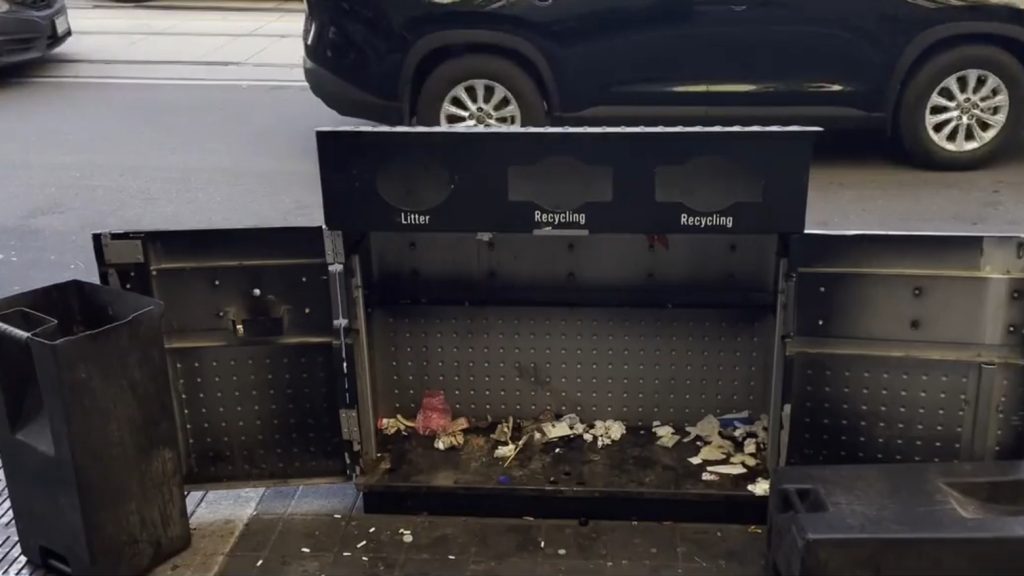Canadian website looks for global role, linking fishermen & consumers
Posted October 2, 2012 7:40 am.
This article is more than 5 years old.
Developers of a small Canadian website that has allowed consumers to trace hundreds of thousands of fish back to those who caught them are gearing up for a global presence.
Ecotrust Canada is in talks with east-coast mussel farmers and west-coast Dungeness crab fishermen to add their products to the online traceability program offered by www.thisfish.info, says Tasha Sutcliffe, vice-president of the non-profit organization and director of its fisheries program.
Sutcliffe said her organization has also met with interested non-governmental organizations, fishermen and restaurants in Australia and has received inquiries from Portugal, Costa Rica and the U.S.
Already, the website, which launched in 2010, allows consumers to trace 16 different fisheries back to hundreds of Canadian fishermen employed on both coasts, she says.
“With the seafood industry, you know, some people care very much about the sustainability of their catch,” she said. “They want to know that it’s caught from a sustainable fishery, how it’s caught, perhaps even if they’re interested enough … in the stock status.”
The program requires the participation of every agency in the distribution chain, from the fishermen to the consumer. Fishermen assign a code to their catch and upload that information to the website, including details about where, when and how the fish were caught.
The code then follows the fish as they move through the processing and distribution chain.
To learn about their fish, consumers just enter the code into the website.
So far, consumers have traced more than 362,500 fish.
“Generally speaking. . . the website, it’s fairly accurate in tracing fish,” said Dan Edwards, a commercial fisherman from Ucluelet, B.C., who has been involved in the program since the concept stage in 2007.
Edwards said people from across Canada and the U.S., and even as far away as Europe and Africa, have bought his fish, although many of the inquiries have come from Ontario.
“There’s more and more requirements by consumers to know exactly where their fish comes from, not just sort of potentially where it comes from, but they really want to know. They really want to know what kind of fishery it is.”
David Smith, vice-president of sustainability for the grocery chain Sobeys Inc., said his company got involved with the program in early 2011 because it fits into its sustainability seafood policy, which the company has been working on for more than four years.
Part of that policy is transparency, he added, and the company is now tracking data from more than 220 fisheries sources.
Smith said the website has an authenticity to it because it isn’t too “slick,” and customers can send notes to the fishermen.
“What we don’t know today is how repeatedly people will use it,” he said. “Once they have traced one species, will they continue to trace more? That’s sort of the big unknown right now.”
The programs’ origins rest with commercial fishermen who, while working with Ecotrust Canada, became concerned in 2007 with the federal government’s apparent interest in the idea of traceability, said Sutcliffe.
She said the fishermen were worried about how the government would implement a program.
“What they had began to think about was maybe the challenge could be an opportunity,” she said.
“Maybe it could be something they got involved with, helped design and made it something that was about connectivity, and story telling and transparency.”
The federal government never developed the idea, but Sutcliffe said fishermen and processors on Vancouver Island began tagging ling cod and salmon and sending them out into the market in late 2008.
Consumers who bought the fish were then able to learn more about the product by visiting a simple section of Ecotrust’s website, said Sutcliffe.
Over the past four years, the program has evolved and has now had its own website for a couple years.
Fish participating in the program are shipped around the globe and can be found in 23 countries and 540 cities, although the majority are still in Canada.
But Sutcliffe said the website and program still have a long way to go.
“It hasn’t transformed the industry per se at this point in time, but we have seen some very quick results in terms of rewards to fishermen, rewards to processors and businesses and rewards to consumers, and often in fisheries it takes a long time for you to see the results of your work.”










